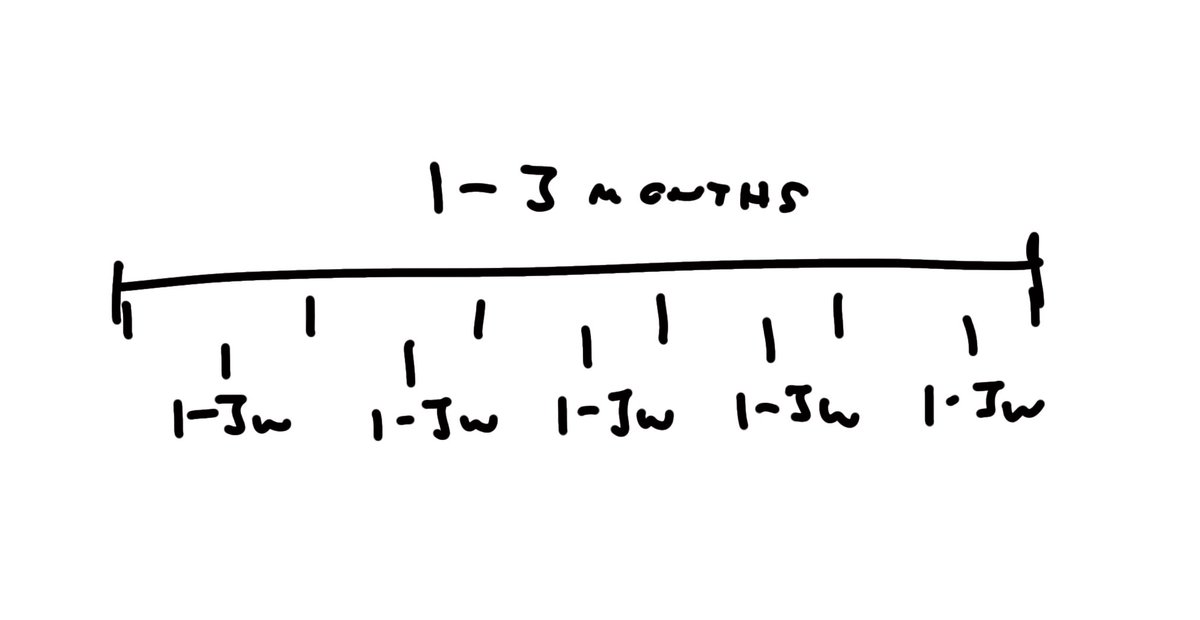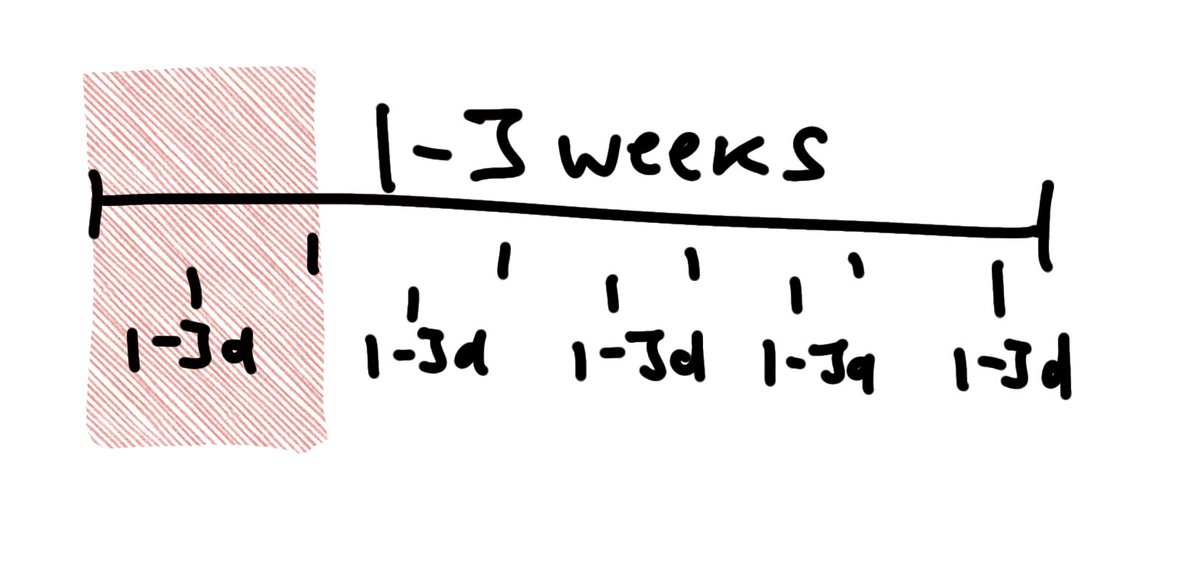
A quick thread on how @Amplitude_HQ is using @MiroHQ to help customers instrument product analytics.
We use unique sticky colors to describe Events, Actors, Event Properties, and Actor Properties.
A player from the Oakland As swings a bat and gets a strike (1/n)
We use unique sticky colors to describe Events, Actors, Event Properties, and Actor Properties.
A player from the Oakland As swings a bat and gets a strike (1/n)

When helpful, we think in terms of timelines.
This can help visualize how properties change. In this example a music fan on the free plan plays a bunch of songs, and then upgrades their plan type. (2/n)
This can help visualize how properties change. In this example a music fan on the free plan plays a bunch of songs, and then upgrades their plan type. (2/n)

With workflows, we use a slightly different pattern.
Here, an Admin starts and finishes the configuration workflow, and we indicate all of the intermediary steps ... which often can happen out of order (humans are weird)
Note we include the narrative and interface (3/n)
Here, an Admin starts and finishes the configuration workflow, and we indicate all of the intermediary steps ... which often can happen out of order (humans are weird)
Note we include the narrative and interface (3/n)

Your measurement approach should focus on key questions and key decisions. e.g:
"What config options predict fast reconciliation" (maybe error free/fast reconciliation is our North Star)
You start to see how tracking "basic" events can unlock a long-tail of insights (4/n)
"What config options predict fast reconciliation" (maybe error free/fast reconciliation is our North Star)
You start to see how tracking "basic" events can unlock a long-tail of insights (4/n)

Putting it together, we've been creating these "maps" that link the customer narrative, with key events, to key decisions and questions.
With this info, we can target where we should spend more time instrumenting. @nrose calls this "T-shaped instrumentation" (5/n)
With this info, we can target where we should spend more time instrumenting. @nrose calls this "T-shaped instrumentation" (5/n)

Does this look at all interesting? Want to learn more?
If so, fill out this simple Google Form, and we'll email you once we have a date set for a workshop.
forms.gle/67CsWFG4NCartv…
Hope you found this useful (6/end)
If so, fill out this simple Google Form, and we'll email you once we have a date set for a workshop.
forms.gle/67CsWFG4NCartv…
Hope you found this useful (6/end)
• • •
Missing some Tweet in this thread? You can try to
force a refresh






